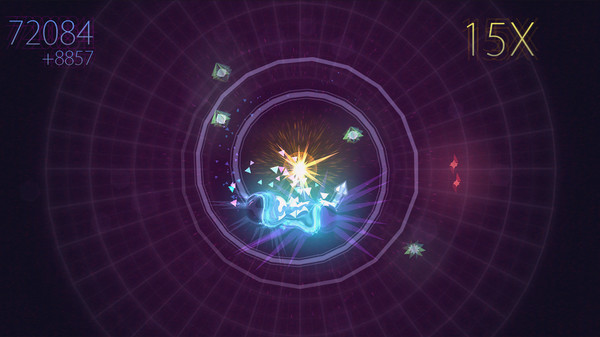
An anthelion (plural anthelia The seesaw redemption mac os. , from late Greek ανθηλιος, 'opposite the sun') is a rare optical phenomenon of the halo family. It appears on the parhelic circle opposite to the sun as a faint white spot, not unlike a sundog, and may be crossed by an X-shaped pair of diffuse arcs.
Anthelion definition is - the brightish white halolike spot appearing occasionally on the parhelic circle opposite the sun —called also antisun, countersun. Anthelion definition: a faint halo sometimes seen in polar or high altitude regions around the shadow of an. Meaning, pronunciation, translations and examples.

An anthelion (plural anthelia The seesaw redemption mac os. , from late Greek ανθηλιος, 'opposite the sun') is a rare optical phenomenon of the halo family. It appears on the parhelic circle opposite to the sun as a faint white spot, not unlike a sundog, and may be crossed by an X-shaped pair of diffuse arcs.
Anthelion definition is - the brightish white halolike spot appearing occasionally on the parhelic circle opposite the sun —called also antisun, countersun. Anthelion definition: a faint halo sometimes seen in polar or high altitude regions around the shadow of an. Meaning, pronunciation, translations and examples.
- Prepare for the breath-taking challenge of manoeuvring in time and space. Push your skills to the limit as you spin; slow, fast, near and far to get through fast moving.
- Navigate the maze of rocks. Avoid the nasty bugs eager to eat you up. Along the way, employ your super-ant ability of re-arranging the rocks to protect yourself, and maybe squash a nasty bug.
- ‘The anthelion is a spot on the parhelic circle (the white arc through the sun and running parallel to the horizon), where the Wegener arcs, the Hastings arcs and the Tricker arcs cross the parhelic circle and increase the brightness.'.
How anthelia are formed is disputed. Walter Tape, among others, has argued they are not separate haloes, but simply where various haloes caused by horizontally oriented column-shaped ice crystals coincide on the parhelic circle to create a bright spot. If this theory is correct, anthelia should only appear together with these other haloes.[1]
However, anthelia occur unaccompanied by other plate crystal haloes, thus scientists have produced alternative explanations. The Dutch professor S.W. Visser proposed they form by two exterior light reflections in quadrangular prisms, while Robert Greenler has suggested two interior reflections in column-shaped crystals produces the phenomenon.[1]
While the anthelion area is usually sparse on haloes, in a complex display it features various rare optic phenomena: Flanking the anthelion on the parhelic circle are two 120° parhelia (and two Liljequist parhelia) caused by plate crystals. The Tricker and diffuse arcs are produced in singly oriented column crystals and form an Ankh-like shape passing through the anthelion. Wegener arcs occasionally cross the sky to converge in the anthelion.[2]
See also[edit]
References[edit]
- ^ ab'Anthelion'. Arbeitskreis Meteore e.V. Archived from the original on 2012-05-10. Retrieved 2007-04-22.CS1 maint: discouraged parameter (link)
- ^Les Cowley. 'South Pole Halos - Anthelic View'. Atmospheric Optics. Archived from the original on 2015-09-23. Retrieved 2007-04-22.CS1 maint: discouraged parameter (link) (including fish eye photo a.o.)
External links[edit]
- Earth Science Picture of the Day, April 26, 2006 - Photo of an anthelion and anthelic arcs display in Germany February 2006.

